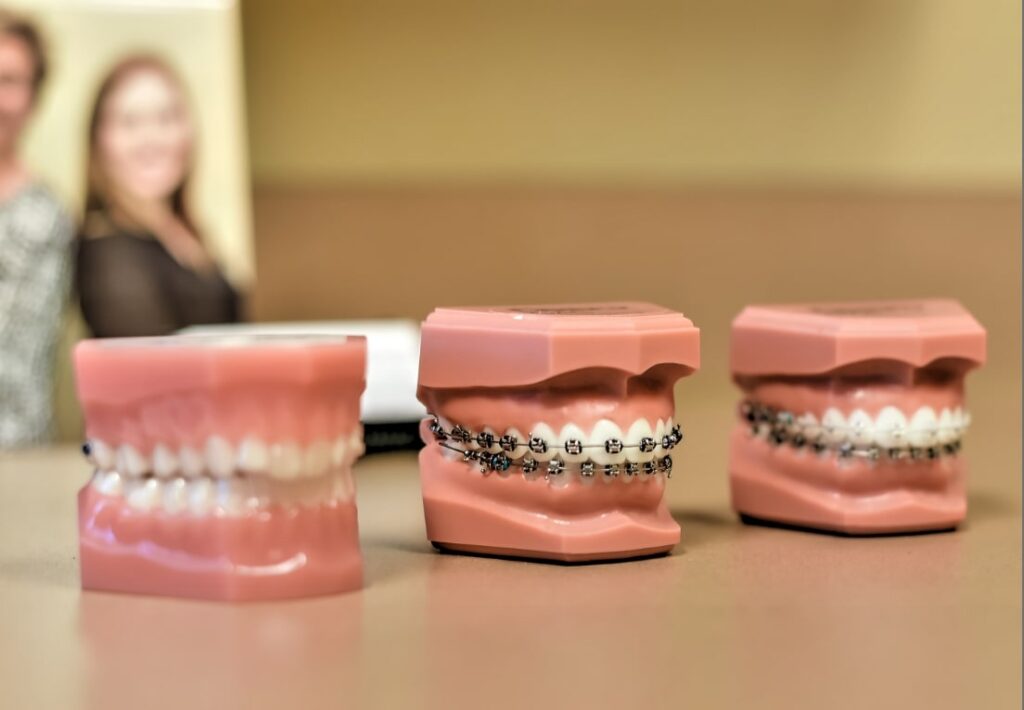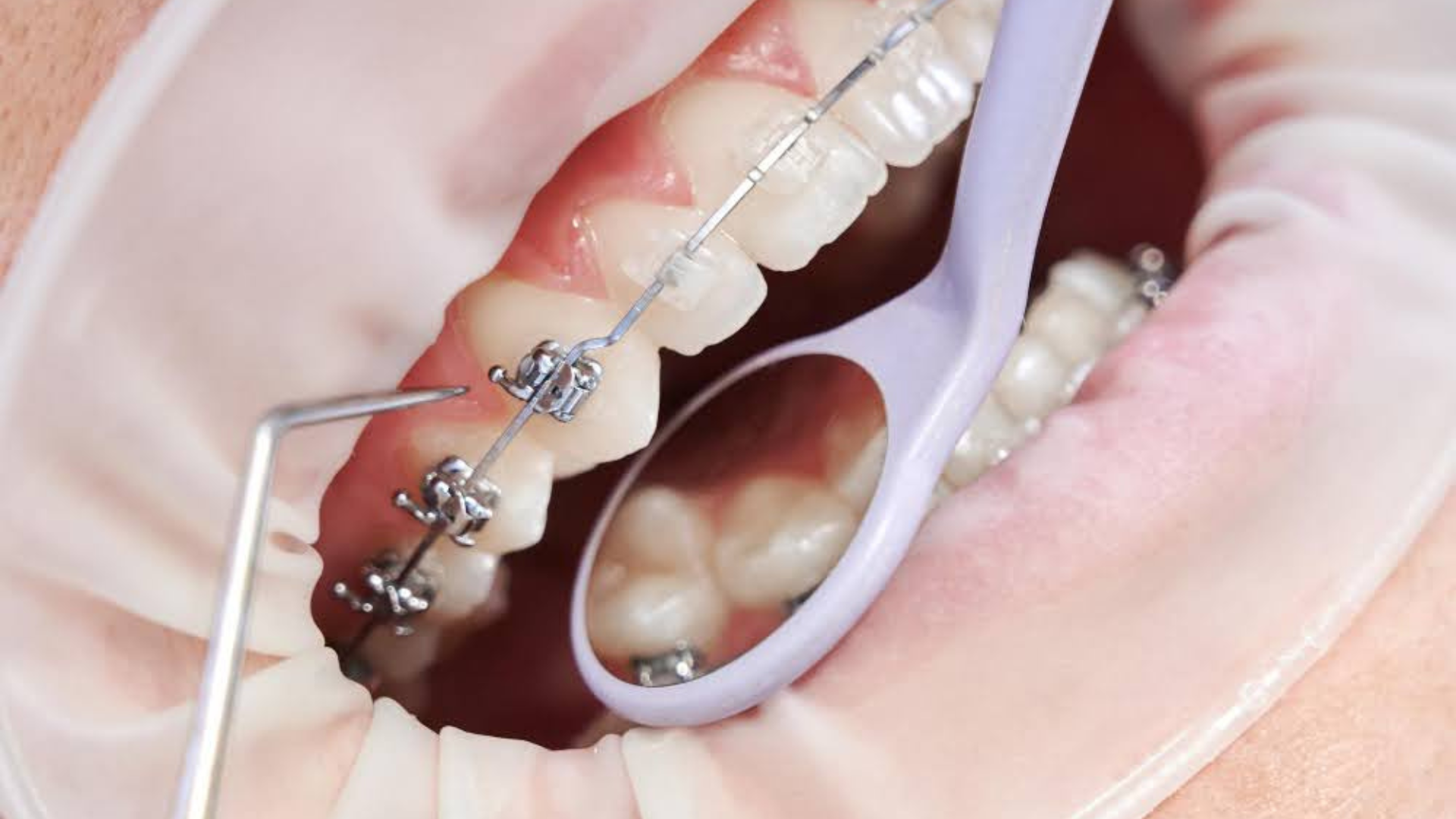Comprehensive Guide to Orthodontics Treatments for Fixing Oral Imbalances
In the world of orthodontics, the trip to accomplishing a perfectly straightened smile entails a myriad of treatments customized to deal with dental misalignments. From standard braces to undetectable aligners and also medical alternatives, the field of orthodontics provides a variety of remedies to deal with differing degrees of dental irregularities. Understanding the ins and outs of each procedure, including their devices, advantages, and possible drawbacks, is important in making educated decisions regarding one's orthodontic therapy. As we navigate through the comprehensive overview to orthodontic treatments for fixing dental imbalances, the intricate information of each approach will unfold, clarifying the path towards a unified and practical oral alignment.
Orthodontic Procedures Introduction

Normal adjustments and monitoring are critical components of orthodontic treatment to make sure progression is on track and to make any kind of essential modifications along the means. By undertaking orthodontic procedures, patients can not just attain a straighter smile but likewise improve their general oral wellness and feature.
Standard Dental Braces: How They Function
When taking into consideration orthodontic therapies for dental imbalances, traditional dental braces stand out as a tried and true method for correcting teeth positioning. Typical braces are composed of brackets, cords, and bands that work with each other to use constant pressure on the teeth, slowly relocating them right into the wanted alignment.
One trick element of exactly how typical dental braces work is the process of bone improvement. As pressure is put on the teeth via the dental braces, the bone bordering the teeth is reshaped to support the brand-new tooth positions. This remodeling is necessary for the long-term stability of the fixed alignment. People will need regular adjustments at the orthodontist's workplace to make sure the dental braces remain to apply the correct pressure for effective teeth movement.
Invisible Aligners: Cons and pros
Unseen aligners offer a discreet and convenient option to typical dental braces for dealing with oral imbalances. These clear, custom-made trays are practically unnoticeable when used, making them an enticing alternative for people seeking an extra cosmetically pleasing orthodontic treatment. One of the primary advantages of unseen aligners is their removability, allowing for less complicated maintenance of dental health compared to conventional braces. Clients can get rid of the aligners before eating or cleaning their teeth, decreasing the danger of food getting stuck in the home appliance and streamlining the cleansing procedure.

Surgical Orthodontic Options
Surgical interventions in orthodontics present viable alternatives for resolving complicated dental misalignments that might not be effectively resolved through standard orthodontic therapies. While conventional dental braces and invisible aligners see here now can deal with lots of orthodontic problems, specific instances call for medical intervention to attain optimal results. Surgical orthodontic alternatives are generally suggested for extreme malocclusions, significant jaw disparities, and cases where the underlying bone structure requires alteration to achieve appropriate placement.
One typical surgical orthodontic procedure is orthognathic surgical treatment, which includes repositioning the jaws to correct practical issues such as difficulty chewing or speaking. This surgical procedure is often carried out in cooperation with an orthodontist that assists line up the teeth prior to and after the treatment. Surgical orthodontics may likewise involve procedures to expose emergency dentist appointment near me impacted teeth, remove excess periodontal tissue, or reshape the jawbone to develop a more unified face profile.
Before taking into consideration surgical orthodontic choices, people go through an extensive assessment to determine the need and potential advantages of such interventions. cumming invisalign. While surgical procedure might appear difficult, it can significantly enhance both the feature and aesthetics of the smile in situations where standard orthodontic treatments fail
Retainers and Post-Treatment Treatment

Failing to conform with post-treatment treatment directions can result in regression, where the teeth gradually relocate back towards their initial placements. Consistent retainer wear, excellent dental hygiene, and normal dental examinations are important for keeping the results accomplished with orthodontic surgical treatment and ensuring the long-term stability of the remedied dental placement.
Conclusion
To conclude, orthodontic treatments supply various options for remedying dental imbalances. Standard dental braces utilize metal brackets and cables to move teeth into correct positioning. Undetectable aligners give a more very discreet option yet may not be suitable for all cases. Surgical orthodontic options are offered for more extreme misalignments. Retainers are typically utilized post-treatment to maintain the new placement. Overall, orthodontic treatments can successfully enhance dental health and visual look.
As we navigate through the detailed guide to orthodontic procedures for correcting dental misalignments, the complex information of each approach will certainly unravel, shedding light on the course toward a harmonious and functional oral alignment. - orthodontist
One of the most common orthodontic treatments is the usage of dental braces, which are composed of metal brackets and cords that use gentle pressure to progressively change teeth right into the desired placement.When taking into consideration orthodontic therapies for dental misalignments, typical dental braces stand out as a reliable technique for remedying Our site teeth positioning. In addition, unnoticeable aligners might not be ideal for intricate orthodontic concerns that call for even more considerable teeth motion, as they are typically suggested for light to modest situations. Retainers are customized orthodontic devices designed to hold teeth in their remedied positions after the conclusion of orthodontic therapy.